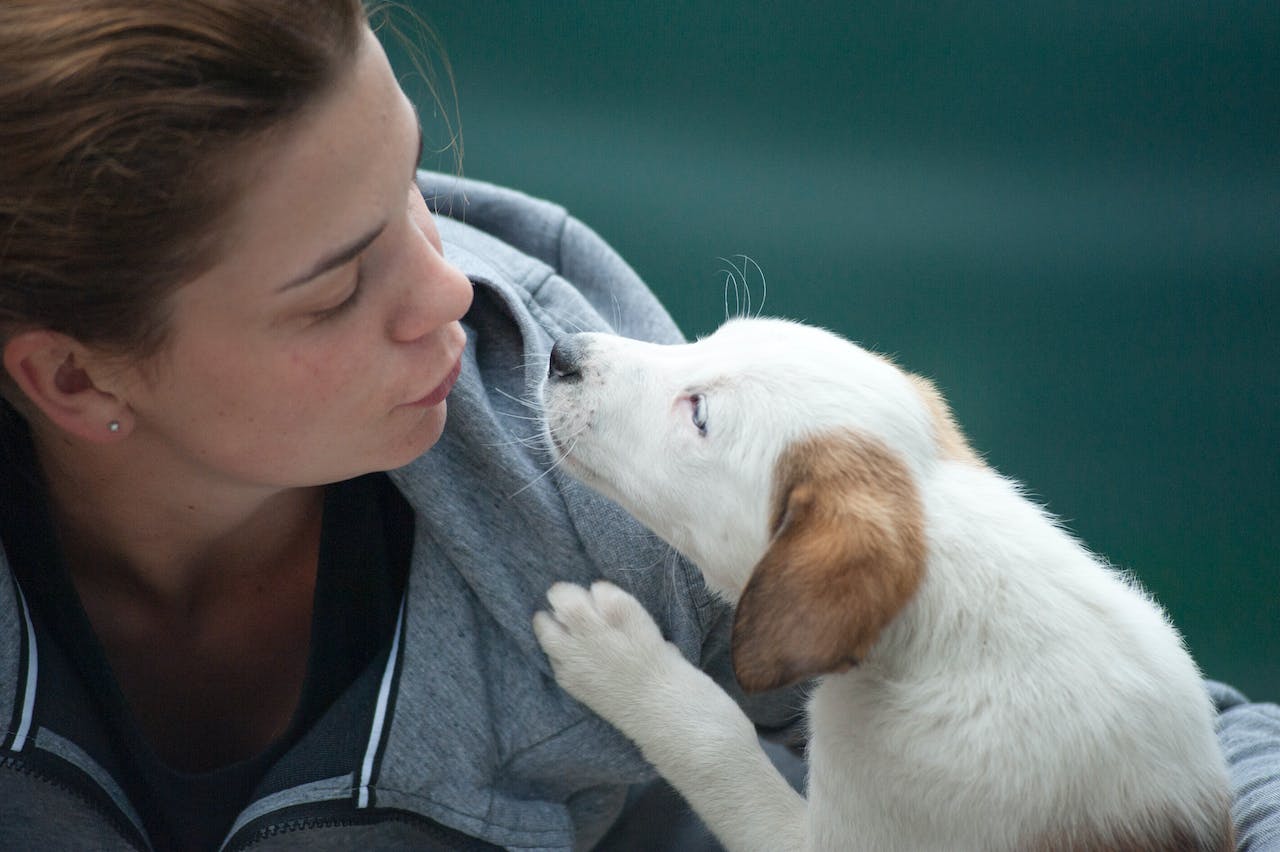Crate Training: A Guide to Introducing Your Dog to Their Crate
Introducing a dog to their crate can be a daunting task, but with patience and a gentle approach, it

As the sun dips below the horizon, casting an orange glow over the world, a new adventure awaits. You’ve welcomed a furry friend into your life, a loyal companion bound by the relentless pursuit of love and joy. But in the midst of this uncharted territory, a question lingers: how can we provide them with the sense of security they deserve?
This uncertainty often nudges pet owners towards the remarkable world of crate training. A method that, when done right, unveils a haven for both your dog and your sanity. So, whether you’ve just adopted a mischievous pup or your seasoned companion needs a refresh, our guide to introducing your dog to their crate will steer you along the winding path of patience, understanding, and ultimate canine contentment. Settle in and let us illuminate the way to this newfound harmony between your four-legged friend and their cozy crate.
Introducing the Concept of Crate Training to Your Dog
Getting Your Pup Familiar with Crate Training
Crate training is a valuable tool that can greatly benefit both you and your furry companion. By introducing your dog to crate training, you provide them with a safe and secure space they can call their own. It is essential to make their crate a positive experience, creating a sense of comfort and security. Here are a few tips to help your pup become accustomed to crate training:
- Start with short periods: Begin by leaving the crate door open and allowing your dog to explore at their own pace. Encourage them with treats and praise as they enter voluntarily. Gradually increase the time they spend inside the crate, always making sure to keep it a positive experience.
- Create a cozy environment: Line the crate with soft bedding or blankets to create a comfortable space. Add a favorite toy or a yummy chew to keep them entertained and associate the crate with positivity.
- Establish a routine: Dogs thrive on consistency, so create a schedule that incorporates regular crate time. This will help them understand when it’s time to rest or have some alone time.
Remember, patience is key during the crate training process. Your dog needs time to adjust and feel at ease in their new space. By following these simple steps and creating a positive association with the crate, you’ll be well on your way to successfully crate training your beloved companion.
Creating a Positive Association with the Crate: Methods and Techniques
When it comes to crate training your furry friend, establishing a positive association with the crate is crucial. By implementing these effective methods and techniques, you can ensure that your pet views their crate as a safe and comfortable space, rather than a confinement.
1. Introduce Treats: Start by placing some enticing treats inside the crate to attract your pet’s attention. You can hide them strategically to encourage exploration and create a positive experience.
2. Playtime and Toys: Incorporate playtime inside the crate, introducing your pet’s favorite toys. This will make the crate more fun and enjoyable, helping to alleviate any anxiety or fear associated with it.
3. Gradual Enclosure: Begin with short periods of time in a partially closed crate, allowing your pet to see you and feel more comfortable. Gradually increase the time and fully close the door, always rewarding them with treats and praise for their calm behavior.
4. Familiar Scents: Include a comfy blanket with familiar scents in the crate, such as their bedding or your unwashed shirt. This will provide a sense of security and familiarity, making the crate a cozy retreat.
Step-by-Step Guide to Crate Training Your Dog
Crate training your dog can be a valuable tool in ensuring their safety and providing them with a sense of security. Follow these steps to successfully crate train your furry friend:
- Choose the right crate: Select a crate that is spacious enough for your pup to stand, turn around, and lie down comfortably. It should also have good ventilation and be secure.
- Create a positive association: Introduce your dog to the crate gradually, making it a positive experience. Place their favorite toys or treats inside and encourage them to explore. Avoid forcing them in or using the crate for punishment.
- Set a routine: Dogs thrive on routine, so establish a consistent schedule for crate time. Use phrases like “crate time” or “bedtime” to help them understand the purpose of the crate.
- Make it cozy: Add soft bedding or a comfortable mat to make the crate inviting. Dogs are more likely to enjoy their time in the crate if it feels like a cozy den.
Continued below…
Reinforcing Positive Behavior: Tips for a Successful Crate Training Experience
When it comes to crate training your furry companion, using positive reinforcement can play a vital role in ensuring a successful and stress-free experience for both of you. Here are a few valuable tips to make crate training a positive and enjoyable process:
- Create a Welcoming Space: Make the crate cozy and inviting by lining it with a soft blanket or bed to provide your furry friend with comfort and security.
- Introduce Gradually: Begin by leaving the crate door open and enticing your pet with treats or toys placed inside. Encourage exploration and reward them for showing interest or going inside on their own.
- Patience is Key: Be patient with your pet’s progress. Gradually increase the duration of crate time, beginning with short periods and gradually extending them as your fur baby becomes more comfortable.
It’s important to remember that crate training should always revolve around positive reinforcement and never be used as a form of punishment. By following these tips, you can create a positive association with the crate, making it a safe and enjoyable space for your furry friend.
Closing Remarks
As we bring this journey to a close, we hope that this guide on crate training has shed light on the wonders of introducing your furry friend to their very own sanctuary. Over these words, we have explored the intricate dance of patience and persistence that is required in guiding your dog towards embracing their crate as a haven, not a prison. Remember, dear reader, that crate training is not a sprint but a marathon—a gentle journey towards establishing trust and providing a safe space for your canine companion.
It is important to understand that every dog is unique, and as such, their reaction to crate training will vary. While some remain wary at first, others may find solace and comfort in their cozy den instantaneously. Embrace these differences and be attuned to the needs of your pup, for it is through this understanding that you forge an unbreakable bond.
As you venture forth into this endeavor, keep in mind the wealth of benefits that crate training can bestow upon your cherished companion. A sanctuary for sleeping, a retreat during thunderstorms, a refuge amidst chaotic family gatherings— the crate becomes a fortress of tranquility where dogs can recharge and reset their weary souls. Do not view the crate as a symbol of confinement, but rather a symbol of security and calmness.
Remember, dear reader, that the key to successful crate training lies within the realm of positive reinforcement. Seek to train with kindness and reward, for your dog yearns to please and be praised. Give them the gift of patience and understanding as they navigate these new boundaries, and watch as their trust in you blossoms like a vibrant flower.
To conclude, dear reader, we urge you to embark on this journey with an open heart and an open mind. Crate training is not a tyrannical act but rather a loving gesture of nurturing and guiding your four-legged friend. Embrace the tools and strategies shared within these pages, but always be ready to adapt and evolve as you uncover the unique needs and desires of your loyal companion.
May your bond with your canine companion grow stronger with each passing day, as their crate becomes a haven of solace and security. So go forth, dear reader, and embark on this adventure of crate training, knowing that by doing so, you gift your furry friend a sanctuary to call their own.






